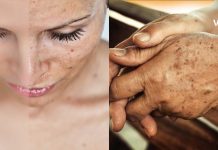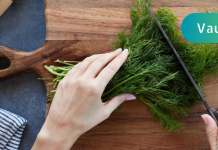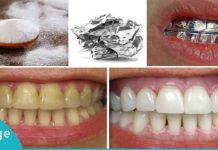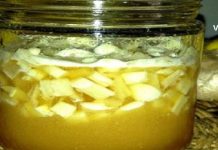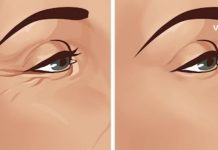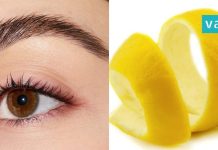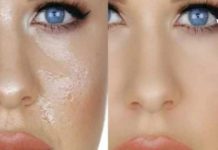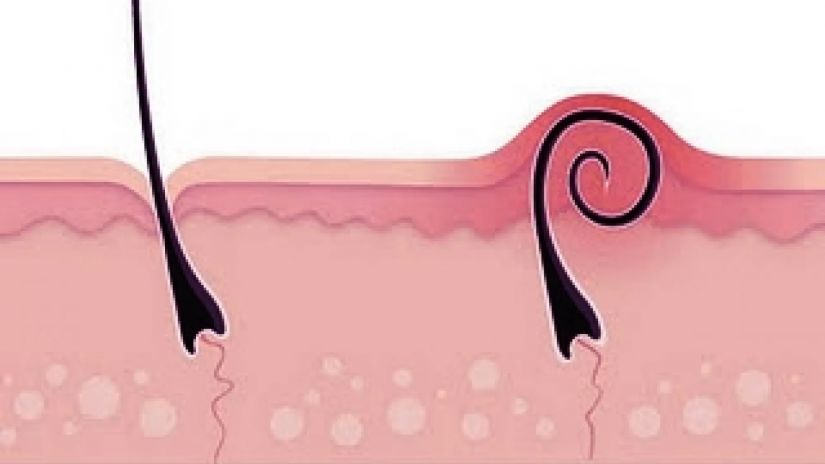Ingrown hairs can be a frustrating and painful problem that affects people of all genders and skin types. They occur when hair curls back or grows sideways into the skin instead of rising up from it. This often leads to red, swollen bumps that may look like pimples, sometimes filled with pus, and can even cause scarring if not treated properly. While shaving is one of the most common causes, other factors like clogged pores, dead skin buildup, or even tight clothing can contribute to the issue.
Instead of immediately reaching for chemical treatments or harsh medical creams, many people are turning to natural remedies — safer, gentler, and often just as effective. Below are five powerful, yet easy-to-follow natural methods to help treat and prevent ingrown hairs.

1. Give Your Razor a Break – Let Your Skin Breathe
One of the simplest and most effective ways to prevent ingrown hairs is to reduce how often you shave. Shaving too frequently causes the hair to become sharpened at the ends, making it more likely to grow back into the skin. This is especially true for people with curly or coarse hair.
To prevent this, consider taking regular breaks between shaves. You don’t need to grow a full beard or avoid grooming entirely — just spacing out your shaving routine can give your skin time to recover. Switching to trimming instead of a close shave, or using an electric razor that doesn’t cut too close to the skin, can also help minimize the risk.
Pro Tip: When you do shave, always use a clean, sharp razor and shave in the direction of hair growth. Follow up with a moisturizing aftershave or aloe vera gel.
2. Soothe with Apple Cider Vinegar
Apple cider vinegar is known for its natural anti-inflammatory and antibacterial properties. It can help reduce the redness and swelling associated with ingrown hairs, and the acetic acid it contains helps to exfoliate the skin gently and restore its pH balance.
To use:
- Soak a cotton ball or pad in raw, unfiltered apple cider vinegar.
- Apply it directly to the affected area.
- Leave it on for 5–10 minutes before rinsing with warm water.
- Repeat this 1–2 times daily for best results.
Why it works: Apple cider vinegar helps soften the skin, making it easier for the ingrown hair to push through the surface, while reducing the risk of infection or further irritation.
3. Exfoliate Naturally with a Homemade Sugar Scrub
Dead skin cells can trap hairs under the surface and lead to ingrown hairs. Regular exfoliation removes this layer and allows hairs to grow freely.
A DIY sugar scrub is a cost-effective and skin-friendly way to exfoliate. Here’s a simple recipe:
Ingredients:
- ½ cup white granulated sugar
- ½ cup olive oil (or coconut oil for a lighter feel)
- 10 drops lavender essential oil
- 10 drops tea tree essential oil
Instructions:
- Mix all ingredients in a small bowl until it forms a paste.
- Apply a small amount to damp skin.
- Gently massage in circular motions for 1–2 minutes.
- Rinse with warm water and pat dry.
Benefits: Sugar acts as a gentle physical exfoliant, olive oil moisturizes the skin, tea tree oil fights bacteria, and lavender calms inflammation — making this a powerful combination against ingrown hairs.
4. Relieve Irritation with Black Tea Bags
This is one of the easiest remedies and surprisingly effective. Black tea contains tannins — natural compounds that reduce inflammation and soothe irritated skin.
To use:
- Steep a black tea bag in hot water for a few minutes.
- Let it cool until it’s warm but not hot.
- Gently rub the tea bag over the ingrown hair area for 3–5 minutes.
- You can repeat this process 2–3 times daily.
Extra tip: Chill the steeped tea bag in the fridge for a few minutes if you want a cooling, soothing effect on inflamed skin.
5. Use the Inner Membrane of an Eggshell
Though not well known, the thin membrane inside an eggshell has natural healing properties and can help draw out embedded hairs from beneath the skin.
How to apply:
- Crack an egg and carefully peel out the thin white membrane from the inside of the shell.
- Make sure the affected area is clean and dry.
- Place the membrane directly onto the ingrown hair.
- Let it dry completely (this can take about 15–20 minutes).
- Once dry, gently peel it off.
- Rinse the area with warm water.
Why it works: The membrane helps reduce inflammation and encourages the skin to push the hair to the surface. It’s also rich in nutrients that support skin healing.
Final Thoughts
Dealing with ingrown hairs doesn’t always require a trip to the dermatologist or using strong prescription creams. With patience and consistency, these natural remedies can provide noticeable relief and help prevent future ingrown hairs. However, if ingrown hairs become infected, persist for long periods, or cause scarring, it’s important to seek professional medical advice.
Consistency is key. Use these remedies regularly and pair them with healthy skincare habits: exfoliate, moisturize, wear loose clothing, and avoid over-shaving. Your skin will thank you.





